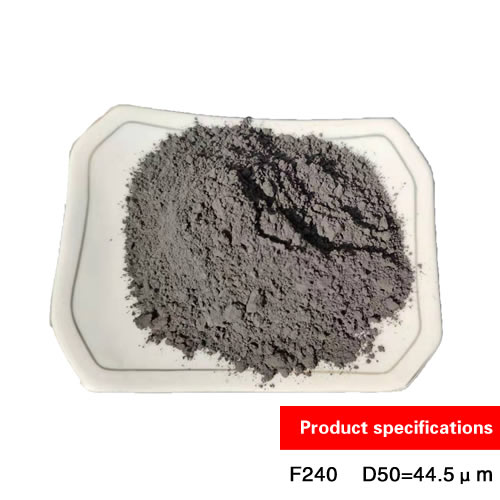Characteristics of boron carbide
B4C has excellent properties such as high melting point, high hardness, low density, and has good neutron absorption and chemical resistance. Therefore, it is widely used in refractory materials, engineering ceramics, nuclear industry, aerospace and other fields. The stoichiometric formula is B4C. There are many isomers of boron carbide, and the carbon content ranges from 8% to 20%. The most stable boron carbide structure is B13C2, B13C3, B4C and other close to B13C3. phase. The rhombohedral structure of boron carbide includes 12 icosahedral atomic clusters, which are connected to each other by covalent bonds, and there is a three-atom chain on the diagonal of the rhombic hexahedron. The dodecahedron structure of polyboron is located at the apex of the rhombohedron. Boron and carbon atoms can replace each other in the icosahedron and atom chain, which is the main reason why boron carbide has so many isomers. It is precisely because of the special structure of boron carbide that it has many excellent physical and mechanical properties.
The most important performance of boron carbide is its extraordinary hardness (Mohs hardness of 9.3, microhardness of 55GPa-67GPa), which is the most ideal high-temperature wear-resistant material; boron carbide has a very low density and is the lightest among ceramic materials. It can be used in the aerospace and aviation fields; boron carbide has a strong neutron absorption capacity. Compared with pure elements B and Cd, it has low cost, good corrosion resistance and good thermal stability. It is widely used in the nuclear industry. Boron carbide neutron absorption The ability can be further improved by adding element B; boron carbide has excellent chemical properties and does not react with acids, alkalis and most inorganic compounds at room temperature. It is only slow in hydrofluoric acid-sulfuric acid and hydrofluoric acid-nitric acid mixtures. It is one of the most stable chemical compounds; boron carbide also has the advantages of high melting point, high elastic modulus, low expansion coefficient and good oxygen absorption capacity.
It is undeniable that compared to other ceramic materials, the strength and toughness of boron carbide are slightly lower, especially the low fracture toughness, which affects the reliability and applicability of the material. However, various methods such as grain refinement, phase transformation toughening, and phase recombination can be used to strengthen and toughen boron carbide materials. As we all know, the sintering temperature of boron carbide is too high, the oxidation resistance is poor, and the stability to metals is not good. However, in recent years, with the development of ultra-fine powder preparation technology and the development of effective sintering aids, the conventional The sintering problem is solved.


